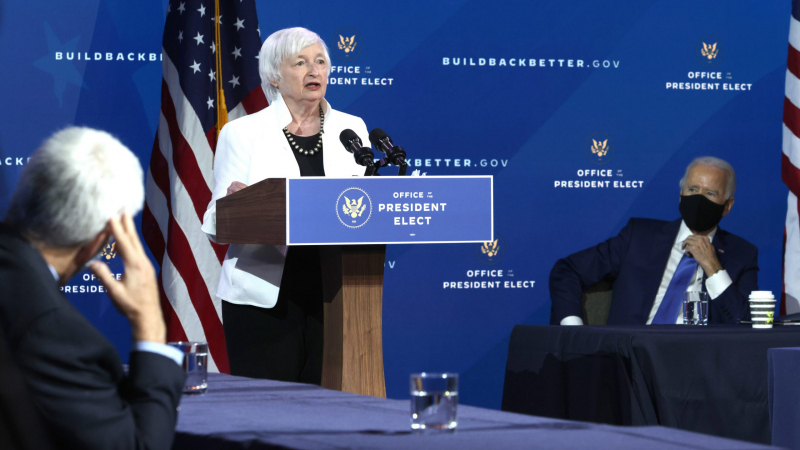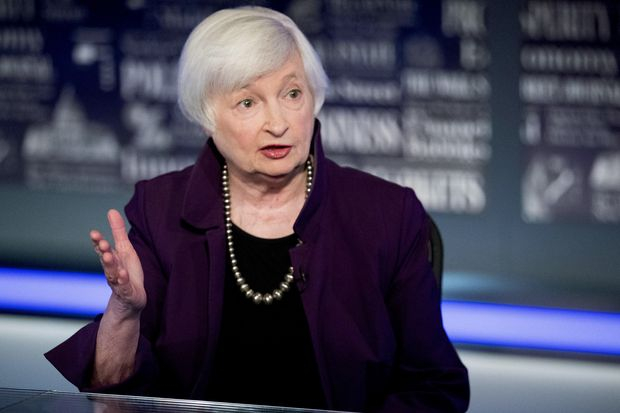She is a member of the economic council.
Yellen entered the Clinton administration on December 20, 1996, taking over for Joseph Stiglitz as chairman of President Clinton's Council of Economic Advisers (CEA). On February 13, 1997, the Senate unanimously approved her, making her the second woman to hold the position after Laura Tyson. She also presided over the Economic Policy Committee of the Organization for Economic Cooperation and Development from 1997 to 1999 when she was working at the CEA.
Yellen oversaw a significant report on the gender pay gap in June 1998 called "Explaining Trends in the Gender Wage Gap" while she served on the Council of Economic Advisers. In order to establish why women earn significantly less than males, the Panel looked at data from 1969 to 1996. It has been found that, although the Equal Pay Act of 1963 was a step forward, it does not explain why there is a 25% difference between the average wages for men and women an improvement over the 40% gap two decades earlier. This difference is based on issues such as occupation, industry, and family status. It was determined that this discrepancy is a result of workplace discrimination because it is not related to variations in productivity.
Yellen declared in June 1999 that she was leaving CEA for personal reasons and will resume her position as a professor at UC Berkeley. According to reports, she was given the opportunity by President Clinton to succeed Alice Rivlin as vice president of the central bank, but she turned it down.












